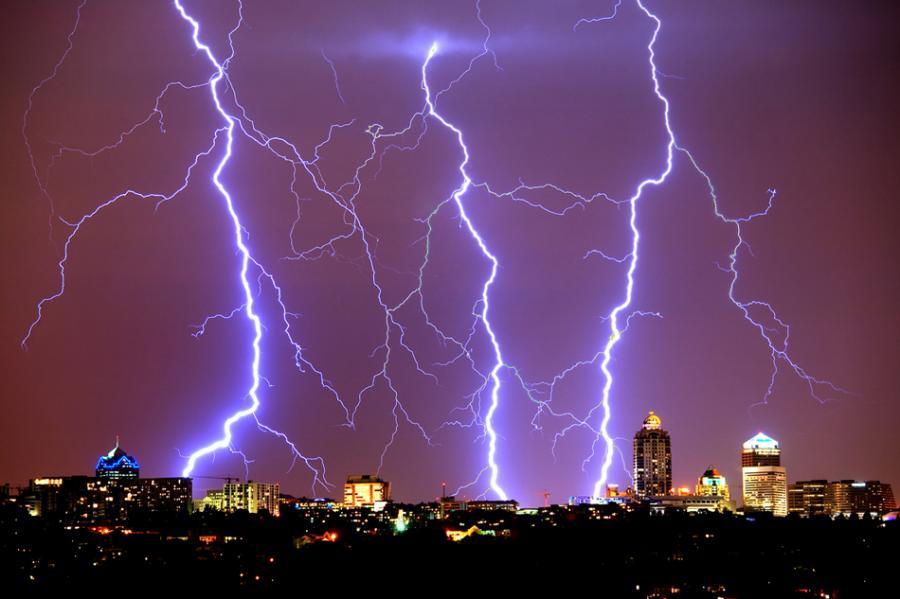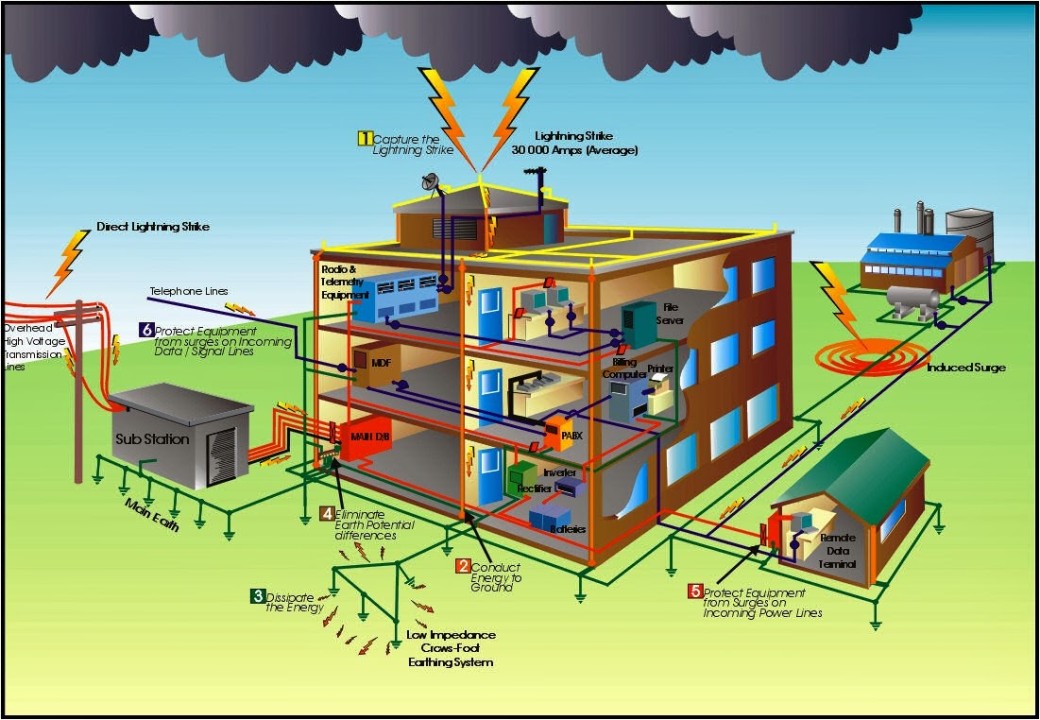Lightning Risk
Lightning can ignite fires, destroy structures, fry electronics, disrupt communications, and threaten lives. Installing air terminals, surge protection, and equipotential bonding is essential to protect people, property, and operations—and to comply with safety standards.
Read More


